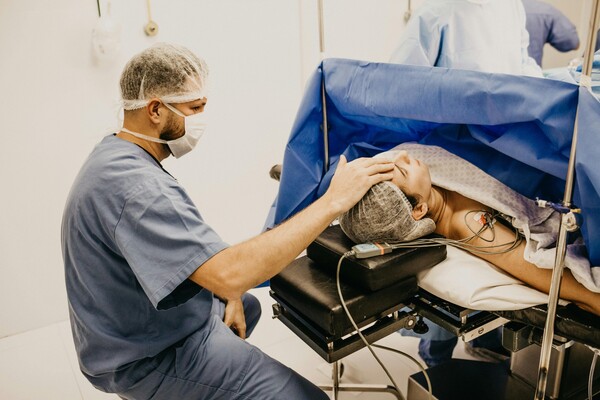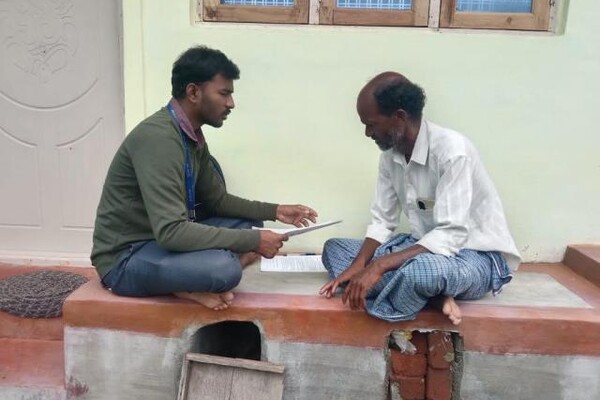Mobile Menu
- Education
- Research
-
Students
- High School Outreach
- Undergraduate & Beyond: Community of Support
- Current Students
- Faculty & Staff
- Alumni
- News & Events
- Giving
- About
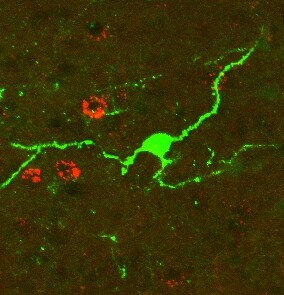
Jim Oldfield
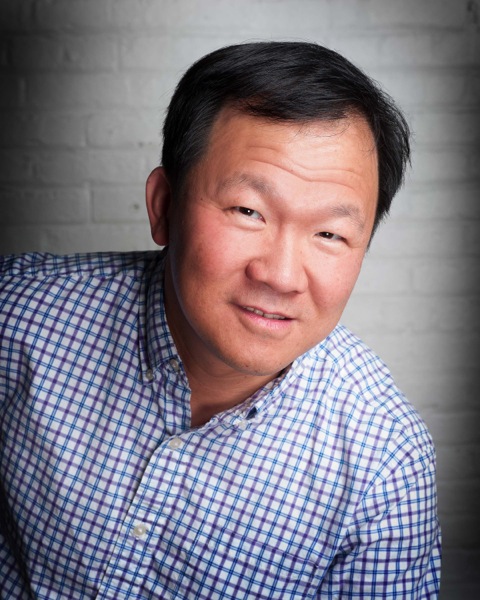 Researchers have known for a decade what patients have suspected much longer: chronic pain produces anxiety, and anxiety makes the pain worse. But why? Scientists have found tantalizing clues, including intense activity in the same part of the brain during both sensations. But an answer has been elusive.
Researchers have known for a decade what patients have suspected much longer: chronic pain produces anxiety, and anxiety makes the pain worse. But why? Scientists have found tantalizing clues, including intense activity in the same part of the brain during both sensations. But an answer has been elusive.
Now, neuroscientists at the University of Toronto have mapped a mechanism in the brain’s anterior cingulate cortex, or ACC, that could explain the link between anxiety and chronic pain.
Min Zhuo is a Professor in the Department of Physiology at U of T and the Canada Research Chair in Pain and Cognition. Zhuo and his lab recently published a paper in the journal Neuron that showed how neuroplasticity — the brain’s ability to physically re-organize itself in response to experience — can spur the interplay between chronic pain and anxiety. They also showed that a drug they developed for chronic pain can limit anxiety.
Zhuo spoke with Faculty of Medicine writer Jim Oldfield about his findings and what they could mean for patients.
What’s the link between pain and cognition in your work?
Most chronic pain researchers study pain as a sensory experience. They think that if we reduce the physical pain, the patient will be better. But I think we need to look at both the mental and physical in the study of pain. Recently we’ve seen more acknowledgement that patients with chronic pain are often anxious, and that if this pain lasts a long time many will suffer depression and lose hope. As well, more researchers are moving away from the idea that mental disorders are just genetic — i.e., you have a bad gene and that’s why you have disease. In my view, if chronic pain causes enough physical change in the brain, anyone can behave like a mentally ill patient. So to better understand and treat pain we need to look at its physical cause but also cognition and mental health, or emotional well-being.
What did you find in the Neuron paper?
We found a possible explanation for why chronic anxiety and pain make each other worse. Neurons communicate through synapses, which are structures that convey nerve impulses from one neuron to another. These synapses are plastic, meaning they change physically in response to stimuli. Repeated experiences can reinforce these changes and over time the physical changes can become permanent. It’s like a learned memory. And when that happens, you can experience a sensation without an underlying cause. You’ve probably heard of amputees who have pain in a limb that doesn’t exist. Well, we found a similar “learned memory” process for anxiety, in a different part of the same synapse where we see activity linked to chronic pain. So when these two functions become partners, they make each other worse. When you have chronic pain, you develop anxiety. Because you have anxiety, you suffer more chronic pain. This is the first evidence that anxiety is linked to long-lasting changes at synapses.
Is there a way to short-circuit this process?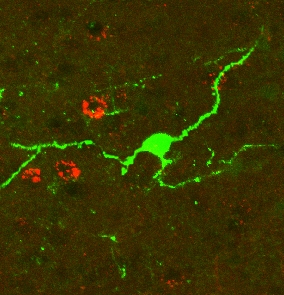
We identified a channel or genetic process called HCN that maintains this anxious learning. So theoretically, if we find an inhibitor to erase the long-term potentiation for anxiety — the learned memory — we should be able to reduce anxiety through this channel. But a big challenge is that drugs in the central nervous system often produce side effects. The HCN channel is also expressed in heart and other types of cells, so any drug targeting this channel would have to be selective for neurons. Fortunately, a drug we’ve been developing for pain called NB001 inhibits a protein called AC1 that is upstream from HCN, and it does so in a way that is selective for neural cells. It’s a very promising therapy for chronic pain and anxiety.
What are the challenges in bringing this drug to market?
Our research is still at the pre-clinical stage. But it’s very difficult to move drug discovery forward, in part due to the world economic situation. There are few angel funders because of the recession. Big Pharma is risk-averse. NGOs support experimental research, but their funds are very tight. On the bright side, we have teamed with investors and researchers internationally on clinical tests in cancer patients. Many cancer patients have pain that is badly managed; in the late stages they’re almost asleep with high-dose opiates. Others don’t get enough medicine and live with terrible pain and anxiety. My hope is that one day we can treat these patients with a drug that works.
